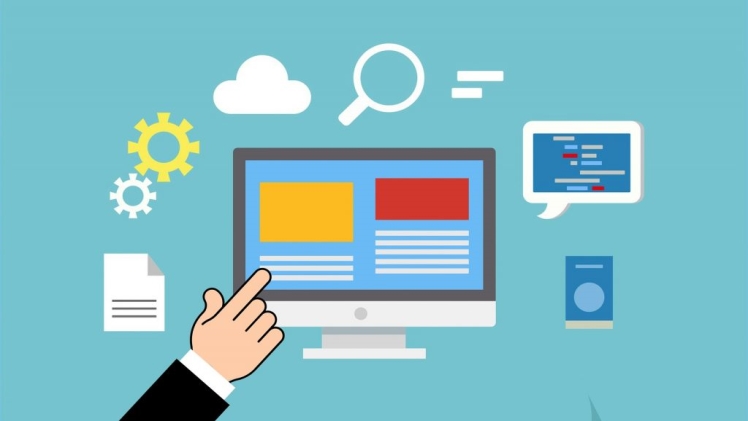App Design
Designing for the specific device your app will run on is extremely important! Applications that work well on a traditional computer may be complete disasters if ported to a mobile platform without redesigning the logic to fit the device’s capabilities. Additionally, the capabilities of the device enable you to design an application that can do different things than an application on a traditional computer. Apps are cheap and easy to obtain. If yours doesn’t work well, there is likely to be an acceptable alternative. A well-designed app can be a delight to use.
Operating System Design Issues
The primary technical difference between mobile device operating systems and operating systems used on laptop and desktop computers is that the mobile operating system is not a true multitasking system. On mobile only one app can be active at a time. When another app is started, or the app is interrupted by another app (for example, a phone call), the app that was running gets put in the background.
Screen Size and Orientation Issues
The most obvious difference between mobile and traditional application design is the amount of real estate you have to work with. The mobile device has significantly less area to design the interaction that your users can experience with your app. Poor interface design is the easiest way to get bad reviews for your app. Mobile devices are also used in different situations than traditional computing devices are. App users are often multitasking (walking, talking with friends, and so on).
Visit here Fmovies to download the latest and old movies for free.
Conclusion
The obvious answer to the limited screen size is to carefully plan the user’s interaction with your app. Screens should focus on one, or a very limited and coherent, set of tasks that the user can or would want to do. Navigation should be planned and designed so that it is obvious to the user how to proceed to the next task
sisidunia.com is the best entertainment website in the word

